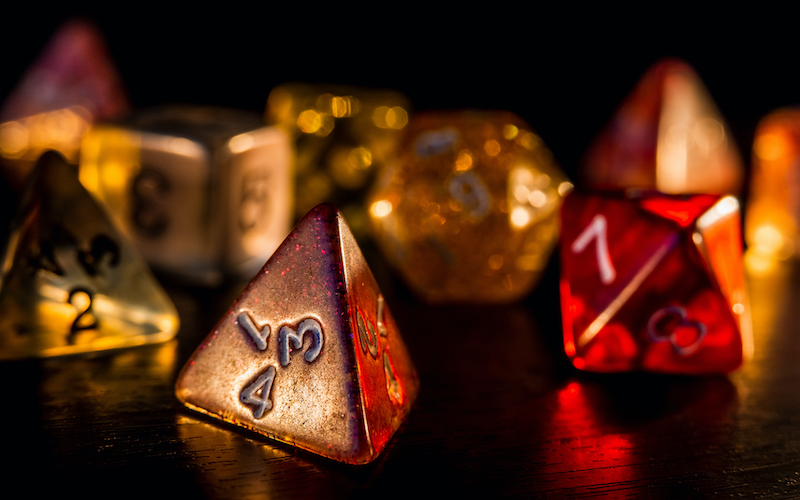For the first experiment I’ve decided to see how far I can push the game towards the Objective-Based end of the spectrum. To do this we’ll be playing the Alien RPG from Free League Publishing. At the time of writing we haven’t started to play, but you’ll be able to see house rules and in-game updates here.
The main idea behind this game is to present the players with an overall objective, in this case to escape from the planet they’ve found themselves stranded on. There is a limited list of survivors. As player-characters die new ones can quickly be created.
In keeping with an Objective-Based game it will matter less who the characters are, and more what they can do. I suspect those with the medic or colonial marine careers are going to be in great demand.
Can the players achieve the objective before they run out of characters? In true Alien fashion, this allows for a more deadly game. Looking back at the movies there are rarely many survivors.
This game also has the advantage that if a player cannot make it to a session we can just assume their character is helping to protect the survivors.
So how does this fit in with the other variables I mentioned in Reflections 1?
Who should do the work? In this case all of the set up is down to the gamemaster, but there is something for the players to do too. At the start of each session a player is chosen. When the episode is over they must write a short character journal explaining what happened. This is to help any players who were absent keep up on the overall story.
Active and reactive players. The players have an end goal that they are working towards, they will have to actively pursue that, but they will be reacting to anything that the gamemaster throws at them in the meantime. There will be mini-objectives on the way to completing the main objective. Maybe the survivors are running out of food, or there is an imminent problem with a piece of technology. It will be down to the players deciding which issue needs to be dealt with first. This means the players will be responsible for deciding the focus of the next session.
Adversarial and collaborative relationships. The gamemaster is in no way out to, ‘beat’ the players, but this is Alien so everyone should expect character death to be a part of the game. In fact, only having a limited number of survivors should add to the feeling of pressure. The gamemaster shouldn’t pull any punches when it comes to how lethal the game can be, but their aim is not to defeat the players.
Player character resolution. Any character involved in a session will earn experience points, but I still expect their general resolution to be pretty low. I don’t see much room for character progression in the deadly world of Alien. As mentioned above, what a character can do is going to be much more important than who they are.
I’ll post more when we’ve played a few sessions and can see how things are progressing.
